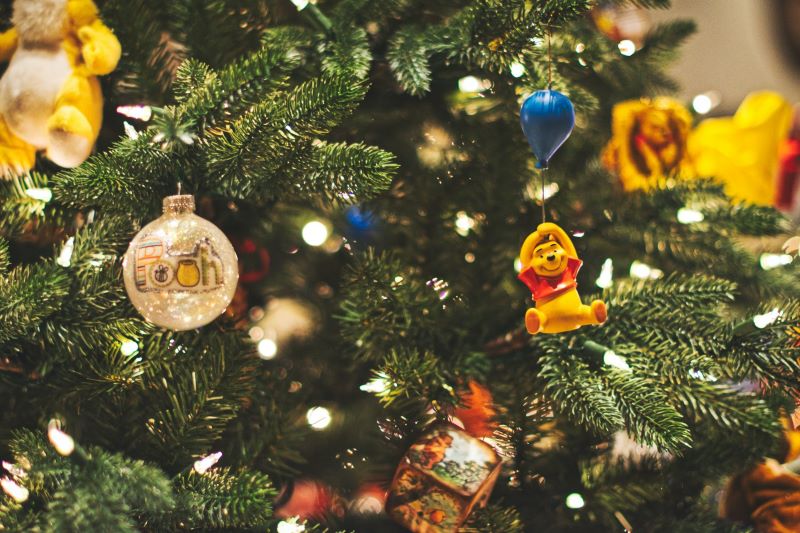Environmental Impact: Reusing Your Artificial Christmas Tree
According to a new survey by Nielsen conducted for the American Christmas Tree Association, about three-quarters of the entire American households have a tree – and most of those trees are artificial.
Artificial Christmas trees are made mostly from PVC and steel in China and eventually moved to the U.S, where they’re sent to landfills.
Whether or not that sounds eco-friendly, the A.C.T.A, a trade association, claims that the environmental impact of using an artificial tree longer than five years is less than a real one.
According to this group, a real tree disposed of at the end of the season – and possibly a new one gotten each year – has a greater negative impact on greenhouse gas emissions, energy usage, and other areas than a re-used artificial Christmas tree.
Those conclusions are based on a study conducted by WAP Sustainability Consulting on behalf of the group.
Convenience: The Ease of Reusing Your Artificial Christmas Tree
O’Connor of the N.C.T.A., an association representing real tree sellers, rejected the study’s conclusions, saying it was absurd to suggest that a tree made out of oil and scraped into PVC plastic in China could compare to one grown naturally.
The study parameters, according to Mr. Cregg at Michigan State, were too narrow. Isn’t there a risk to wildlife and local water supplies as well as possible job loss?
Balsam Hill’s founder and chief executive, Thomas Harman, said that the company recycles scrap plastic to make parts of its artificial tree products. It has proven difficult, however, to produce a recyclable tree.
Copper, plastic, and steel fused together during production would have to be dismantled before recycling.
As a result, he recommends reusing trees and adorning them with LED lights, which turns out a lot more energy-efficient.






Recent Comments